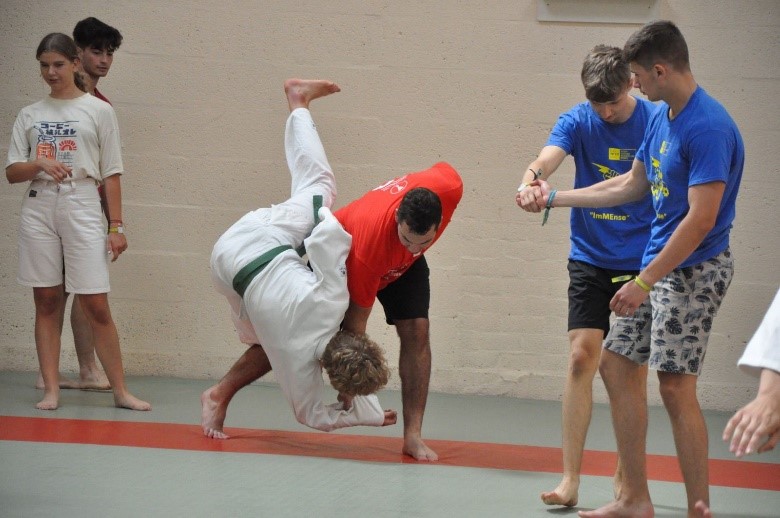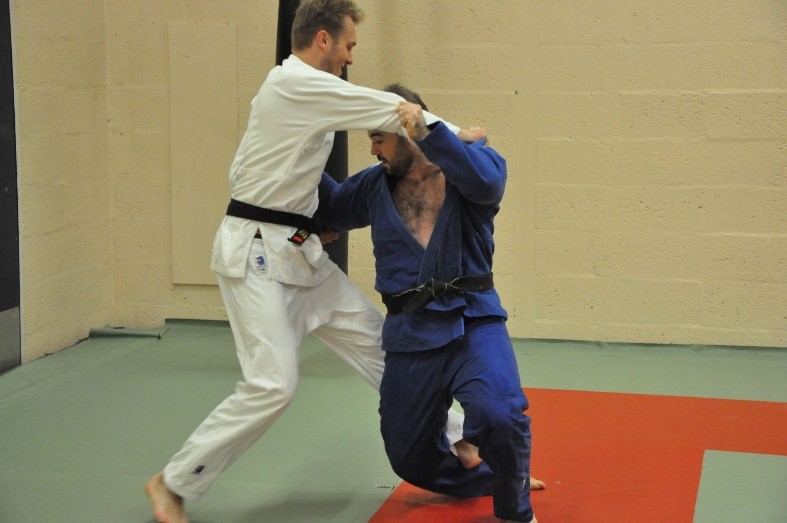KARATE
Karate is a traditional Japanese martial art that emphasizes striking techniques such as punching, kicking, knee strikes, and elbow strikes, as well as open-handed techniques like knife-hands. Originating from the Ryukyu Kingdom, now known as Okinawa, karate was influenced by indigenous martial arts as well as Chinese martial arts. It is not only a physical discipline but also a way to cultivate mental strength, self-discipline, and respect for others. Training in karate typically involves practicing kata (pre-arranged forms or patterns of movements), kumite (sparring), and kihon (basic techniques). Practitioners, known as karateka, strive to develop their skills through repetitive practice and rigorous training, aiming for mastery and personal growth.
We practice a style called Wado Ryu (although we welcome members from other styles as well). This style emphasizes fluidity of movement, the use of body shifting to avoid attacks, and blending with an opponent’s force rather than meeting it head-on. Wado Ryu integrates both striking and grappling techniques, promoting a harmonious and efficient approach to self-defence.
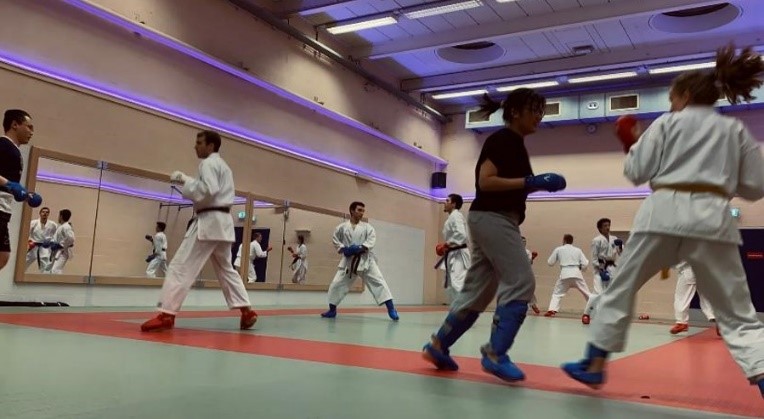
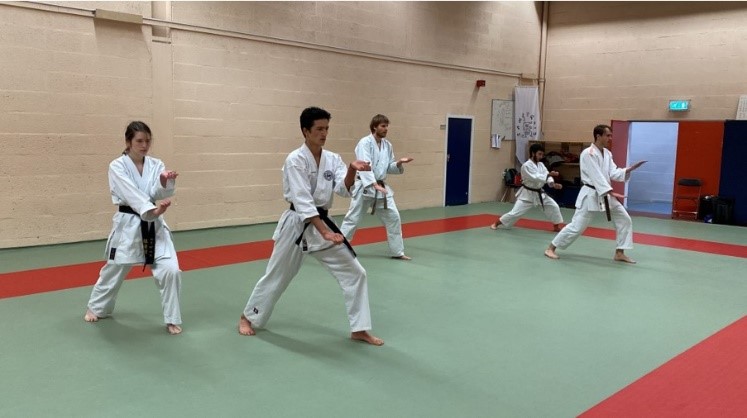
Brazilian Jiu-Jitsu (BJJ)
Brazilian Jiu-Jitsu (BJJ) is a martial art and combat sport that focuses on ground fighting and submission holds. Developed from traditional Japanese Jujutsu and Judo in Brazil by the Gracie family in the early 20th century, BJJ emphasizes techniques that enable a smaller, weaker person to defend against and overcome a larger, stronger opponent through leverage and technique. Key elements include joint locks and chokeholds, aiming to force an opponent into submission. BJJ training involves sparring, or “rolling,” which allows practitioners to apply techniques in a live setting, fostering practical skill development. Known for its effectiveness in mixed martial arts (MMA) and self-defence, BJJ also promotes physical fitness, problem-solving abilities, and mental resilience.
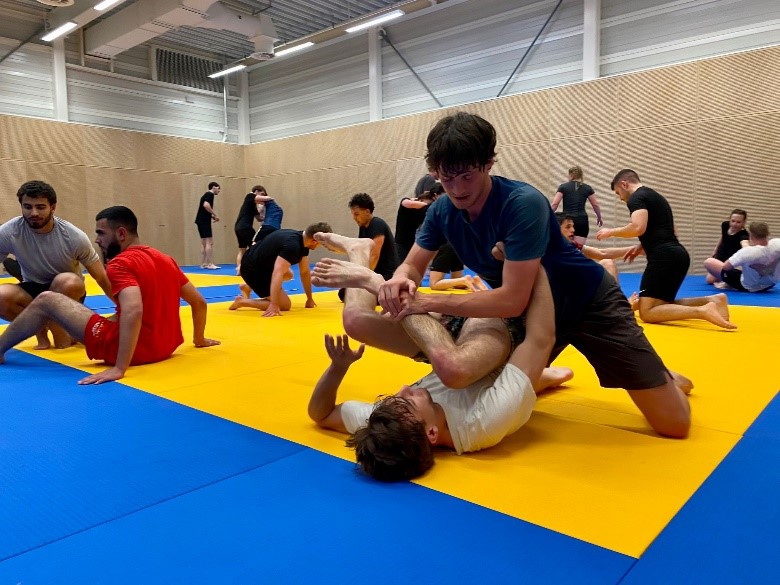
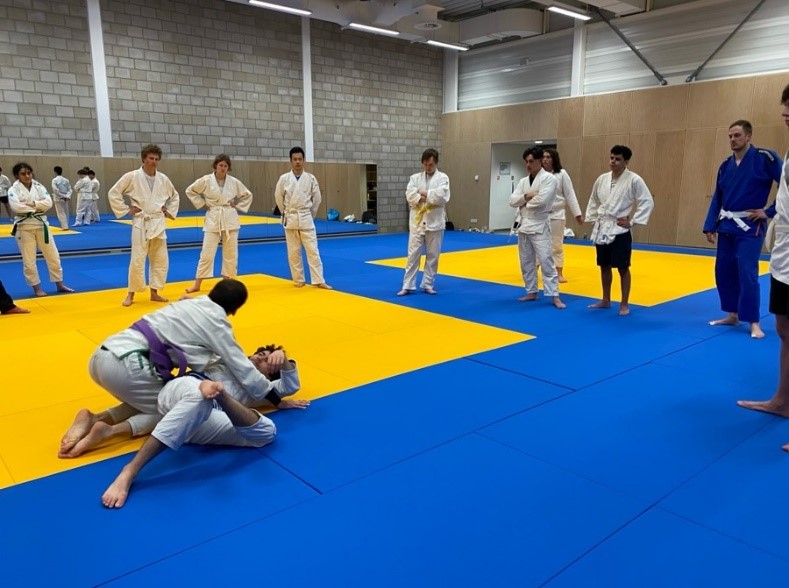
AIKIDO
Aikido is a modern Japanese martial art developed by Morihei Ueshiba in the early 20th century, which focuses on harmonizing with an opponent’s energy to neutralize attacks without causing harm. Unlike many martial arts that rely on strikes or brute force, Aikido emphasizes fluid, circular movements to redirect the force of an attack, using joint locks, throws, and pins to control the opponent. This art embodies the principle of non-resistance, aiming to achieve conflict resolution with minimal injury. Training in Aikido includes practicing with partners in a cooperative manner to develop balance, timing, and sensitivity.
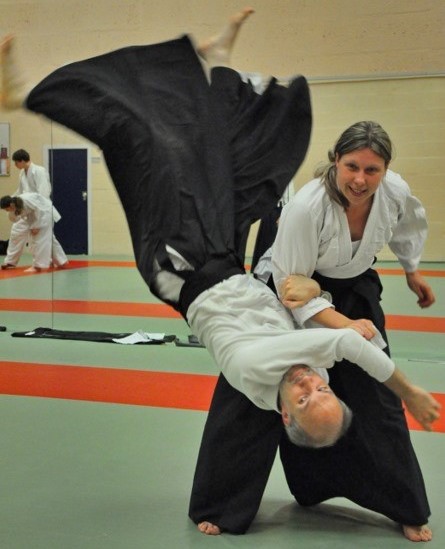
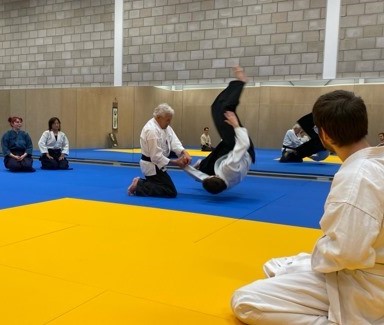
JUDO
Judo is a modern martial art and Olympic sport created by Jigoro Kano in Japan in 1882. It evolved from the ancient art of Jujutsu, focusing on throws, joint locks, and pins rather than strikes. The essence of Judo lies in the principle of “maximum efficiency with minimum effort,” utilizing an opponent’s force to execute techniques effectively. Practitioners, known as judokas, train in both standing techniques (tachi-waza) and ground techniques (ne-waza), aiming to unbalance and control their opponents. Judo also emphasizes moral and physical development, promoting values such as respect, humility, and perseverance.
